Kaitiakitanga (guardianship) has been an integral part of our thinking since we first began. As guardians of Mānuka, we aim to nourish the land, care for the environment and tend to our Mānuka forests – working in harmony with bees and nature to heal and protect the world.
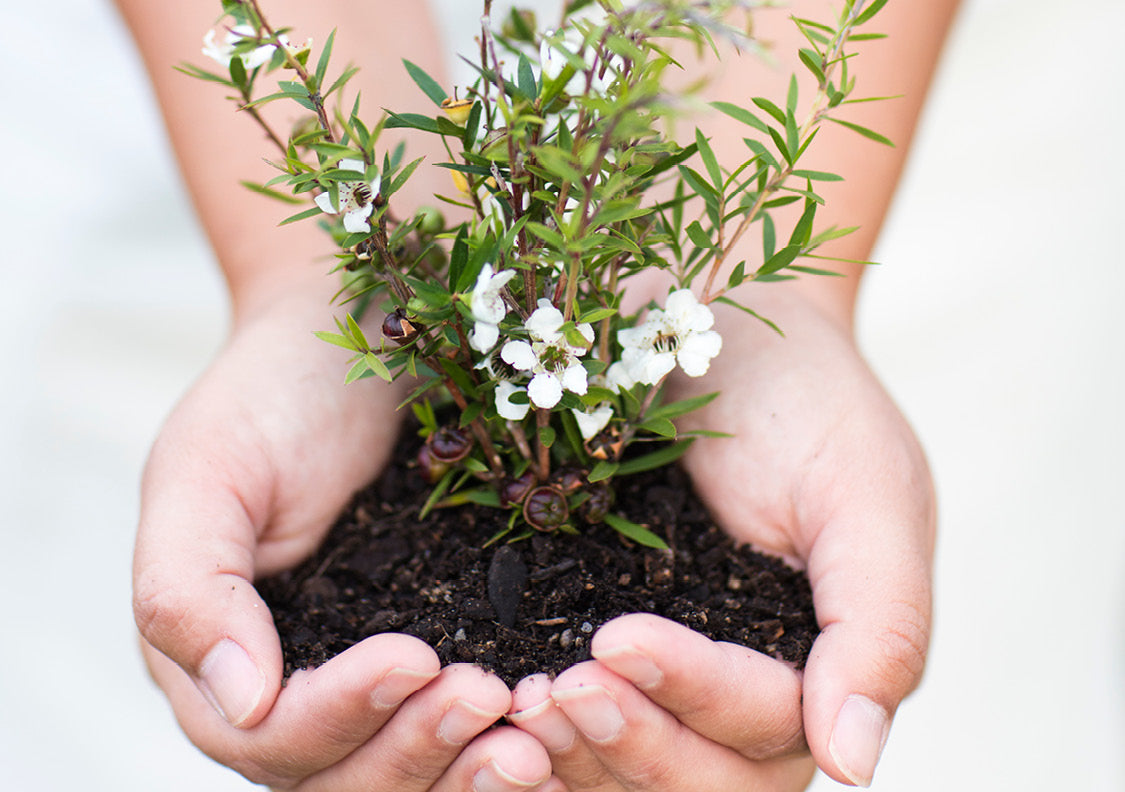
Our Commitments
- Our Mānuka planting programme is the start of a journey to restore the land back to how it once was. We return grass areas back to native forests supporting the regeneration of special and vital ecosystems, improving water and soil quality, and protecting the land from erosion.
- These trees are being left to grow and mature, undisturbed, creating an ideal environment for nature to step back in.
- We already know our Mānuka forests positively support natural ecosystems by providing local fauna with an undisturbed home to flourish, helping the land to heal, and allowing companion natives to bloom.
-

120,753 tCO₂ sequestered by our Mānuka forests
since 2017
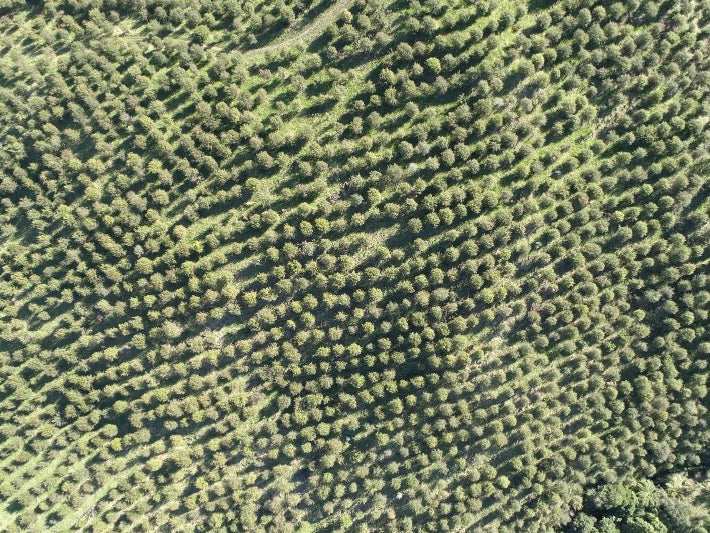
How are we tracking?
- As one of New Zealand's largest private native foresters, we have planted over 6.8 million Mānuka seedlings, covering 6,045 hectares across the North Island, providing a habitat for bees and nature to thrive. This has helped to remove over 120,000 tonnes of carbon from the atmosphere since the start of our regeneration programme.
- We have invested in biodiversity research projects at Blue Sky and Te Awa stations in the Central Plateau to identify terrestrial and aquatic biodiversity. Last year we worked with Plant and Food Research to develop a bespoke science-based Ecological Impact Monitoring (EIM) Tool to holistically measure ecological health and environmental impacts across a number of indicators and to guide our environmental practices.
- We have 5,748 hectares under pest management across our New Zealand Mānuka forests, and we are maintaining this each year. Managing deer, pig and goat numbers is critical for the establishment of native forest. We have activated our kiwi protection programme at Blue Sky station to support a safe habitat for kiwi - with over 110 predator traps already in place.
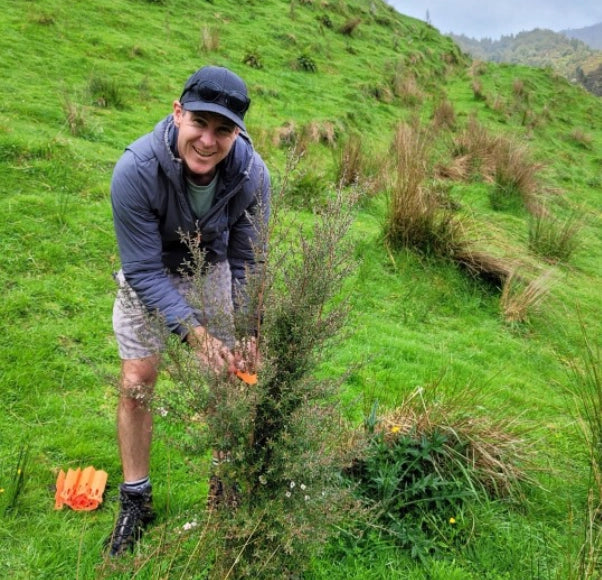
Ecological Research at Comvita
As part of the Comvita Mānuka forest planting programme, we aim to enhance the natural ecological balance and biodiversity of our Mānuka forests. Mānuka forests reduce soil erosion, improve freshwater quality and sequester carbon. Comvita partnered with University of Auckland and Plant & Food Research to also study how the conversion of low-yield high country pasture to Mānuka forests affects the local ecosystem and biodiversity.
A detailed case study was undertaken to compare the biodiversity of pasture and Comvita Mānuka forest at different stages in development. It was found that after 5 years of growth, compared to pasture, Comvita Mānuka forests had greater native bird diversity, and invertebrate (insect) communities that were similar to much older forest. Critically endangered long-tailed bats were present, including during winter when food resources are scarcer, in the Comvita Mānuka forest blocks. Furthermore, the streams surrounded by Comvita Mānuka forests were healthier and had a greater diversity of freshwater macroinvertebrates living in them than streams surrounded solely by pasture.
This research, which highlights the positive ecological impact of Comvita Mānuka forests, has been submitted for publication in the New Zealand Journal of Ecology.
Image: Comvita’s Head of Research, Troy Merry, measuring a young manuka tree as part of our biodiversity research at Te Awa.
Ongoing Ecological Impact Monitoring
To ensure we are continually enhancing the natural ecological balance in Comvita Mānuka forests, Comvita has partnered with Plant & Food Research to develop a first-of-its kind Ecological Improvement Monitoring Program.
This program assesses indicators of ecological health and biodiversity at the same sites in Comvita Mānuka forests every year from when the forests are first planted, to allow longitudinal monitoring of the local ecological benefits of Comvita Mānuka forests.
The indicators of ecological health and biodiversity that are being surveyed include freshwater stream health, tree size, abundance of certain insects, pests, birds and bats. The results are used to generate an overall ecological health state score that tracks changes in the forest year-on-year. This score is divided into 4 important domains that make up ecological health:
- Fresh water quality
- Functioning ecosystem
- Diverse ecology
- Forest growth
This program was initiated in the summer of 2023/24 and we are currently analysing the results of the first full year of assessments. This initial data is very encouraging, and we look forward to developing a longitudinal (year-on-year) monitoring program to track the impact of converting pasture to Mānuka forest on biodiversity.
Conservation Partners
Partnering with like-minded organisations to support conservation efforts that address nature in need is a key priority for us and a critical element of our Harmony Plan. We are committed to investing 1% of our earnings to supporting nature and communities in need.
Our key conservation partners include:
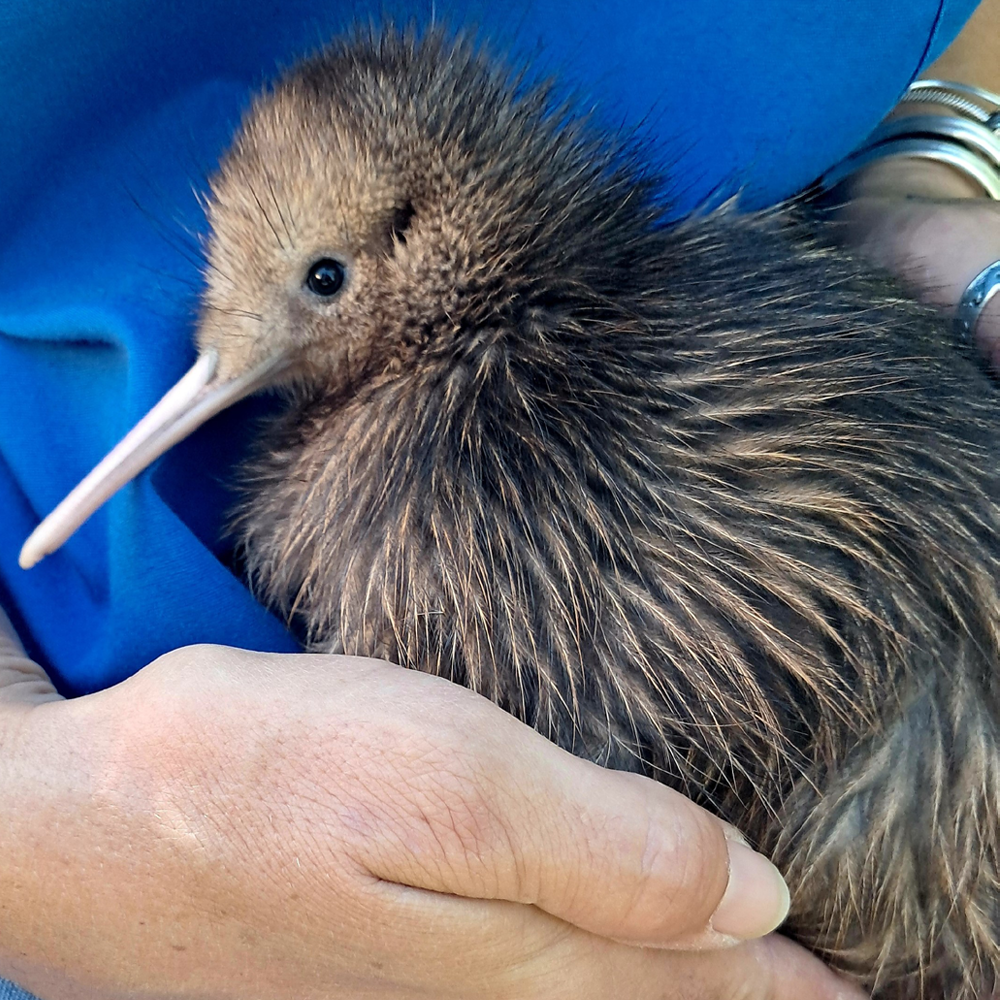
Save the Kiwi
Aotearoa New Zealand is home to the beloved Kiwi, a symbol of our nation and a unique species found nowhere else in the world. However, these iconic birds are facing significant threats from predators that challenge their very survival. Less than 70,000 Kiwi exist in the wild and it is up to us to ensure the next generation can know and love this taonga species before it's too late.
Since 2021, we have partnered with Save the Kiwi to support their exceptional efforts of kiwi conservation. Save the Kiwi’s mission is simple yet powerful: to protect and restore Kiwi habitats and ensure these remarkable birds thrive for generations to come.
Through our partnership, we support various initiatives that help safeguard this iconic species, including predator management, advocacy, research, kiwi relocation, and egg incubation. Through our partnership with Save the Kiwi, we aim to not just donate money to a worthy cause but actively participate in conservation in our own forests,
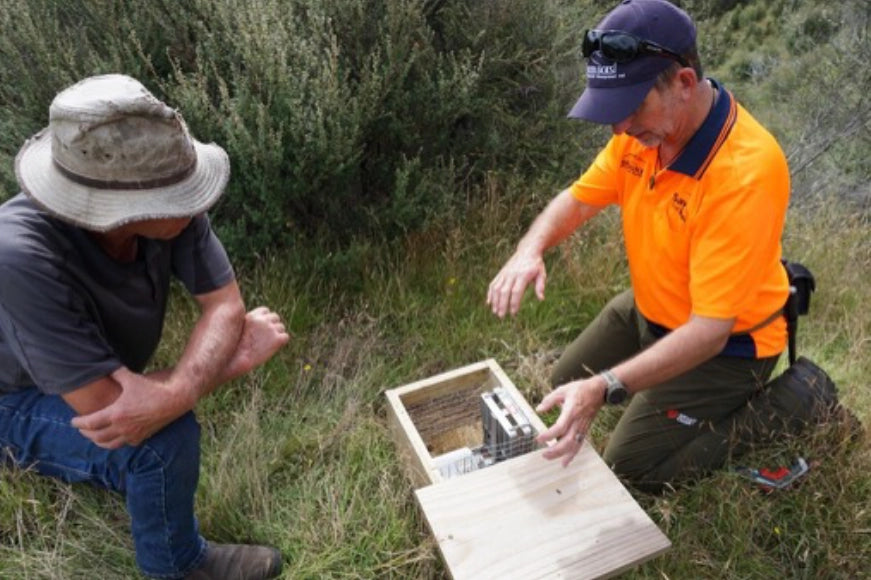
A holistic approach
Since 2017 we have planted over 6.8 million native Mānuka trees across the North Island, converting unproductive farmland back into thriving native forests. One of these sites is Blue Sky, located deep in the heart of the Central Plateau where we have planted 416 hectares of new forest (500,000 manuka trees).
We want to ensure native species are safe to return to and thrive in these forests by trapping introduced predators like stoats, ferrets, rats, possums, and feral cats that threaten the lives of young Kiwi and other native species. By implementing effective predator control measures, we are creating a safer environment for Kiwis to nest and flourish.
Save the Kiwi actively supports our efforts to create a unique and extensive trap network as well as supporting an annual Kiwi call survey with our staff at Blue Sky station by providing expertise and hands on training so that we are set up for success and track our progress. Through our joint conservation initiatives, we’re not only protecting Kiwis but also increasing biodiversity in these precious ecosystems.
 is here! Shop now, pay later in 4 easy installments
is here! Shop now, pay later in 4 easy installments

